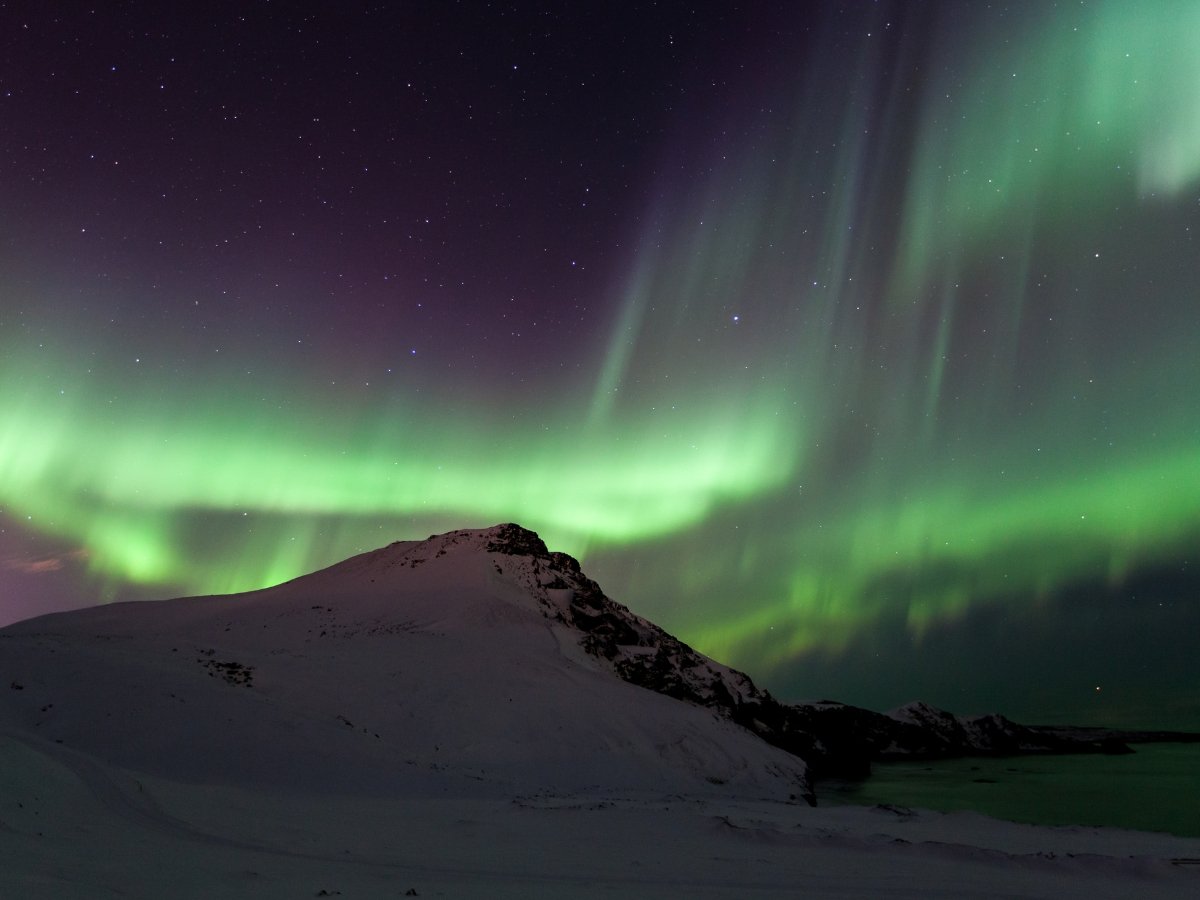As the Earth prepares for a moderate geomagnetic storm, the night skies are set to dance with vivid auroras. Let’s have a look into the phenomenon, unraveling the science behind it and providing insights into its impacts on our planet.
Unraveling the Geomagnetic Storm
What’s Happening? The Sun, our nearest star, has ejected a Coronal Mass Ejection (CME), a significant release of plasma and accompanying magnetic field. Detected on January 20, this solar event is expected to interact with Earth’s magnetosphere, causing geomagnetic disturbances. Such interactions often result in the display of Northern Lights, or auroras, a mesmerizing natural light show in the Earth’s upper atmosphere.
When to Watch: The Space Weather Prediction Center forecasts the most intense phase of this geomagnetic storm to occur on January 22 and 23. During these days, the charged particles from the Sun will collide with the Earth’s magnetic field, energizing atoms in the upper atmosphere and creating the spectacular auroras.
A CME was observed lifting off the Sun on 20 Jan and is expected to cause up to G2 (Moderate) geomagnetic storming on 22-23 Jan (UTC days). A watch has been issued. pic.twitter.com/2yH6ofmedi
— NOAA Space Weather (@NWSSWPC) January 21, 2024
The Science Behind the Lights
Solar Interactions: Solar flares, like the one observed on January 20, often precede CMEs. These flares are powerful bursts of radiation. When the charged particles from these solar events reach Earth, they can cause geomagnetic storms.
Auroras Explained: Auroras occur when these energized particles collide with gases like oxygen and nitrogen in our atmosphere. The energy transferred during these collisions excites the gas molecules, which emit light as they return to their normal state. This process creates the beautiful green, purple, and red hues of the auroras.
Potential Impacts: While auroras are a stunning sight, geomagnetic storms can have practical implications. They can affect satellite operations, GPS systems, and even power grids. However, the upcoming storm is classified as moderate (G2 level), suggesting impacts should be minor.
Viewing the Northern Lights
Best Locations: The Northern Lights are likely to be visible in several U.S. regions, including parts of New York, New England, and as far west as Seattle. Ideal viewing conditions depend on clear skies, which might be challenging due to cloud cover in some areas.
Broader Implications
Solar Cycle Influence: The Sun follows an 11-year cycle of solar activity, with varying numbers of sunspots and solar flares. We are currently approaching a peak in this cycle, expected in 2024, which could lead to more frequent and intense geomagnetic storms and, consequently, more opportunities to witness the Northern Lights.
Preparing for the Future: Understanding and predicting these solar events is crucial for mitigating their potential impacts on Earth’s technological systems. Continued research and monitoring are essential for developing more accurate forecasting models.







